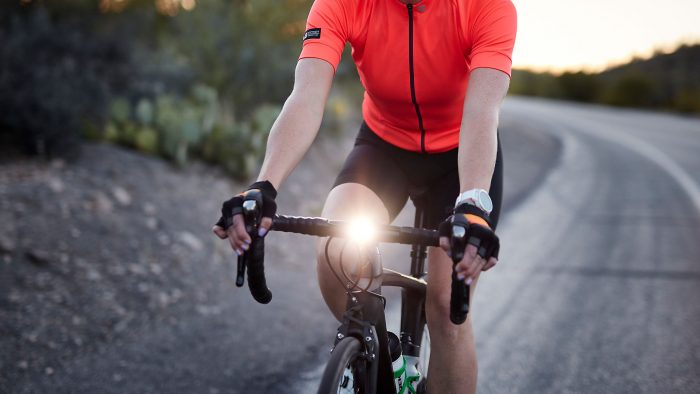Bike Light Specs
There are a few different specifications to look out for when buying a new bike light:
Power Output: Bike light power is measured in Lumens. Generally, the higher the Lumen count in a light the further you should be able to see ahead of you.
Charging Method: Some lights require disposable batteries, however many are now USB rechargeable.
Waterproof (IP Rating): The vast majority of bike lights are waterproof! However some are more waterproof than others and the IP Rating measures this.
Light Modes: Most good quality lights will have at least two modes; Constant + Flash. Constant is more useful to see whilst flash mode is more useful to be seen.
Lights For The Commuter
Commuters generally cycle in well lit areas so vision is usually good. Therefore the most important type of light is one that ensures you can be seen by other road users. A front and rear light with a flash mode is imperative as this mode is the most visible and attention grabbing. If your entire journey is in an urban environment then a 200 lumen light should be sufficient.
If your route includes a more rural or less well lit paths you may want to up the ante in regards to Lumen power. A light with at least 400 Lumen’s should ensure you can see where you’re going when the going gets darker.
There are often occasions too where the street lighting may be out or you’re cycling in hard to navigate weather. Due to this a stronger light is generally wiser even if your commute is only within a town/ city.
Adding wearable lights will also give you a boost. Add them to your rucksack, helmet, jacket, pannier or wherever else they will attach to make yourself more visible.
Recommended: Cateye AMP400 + Viz150 Set
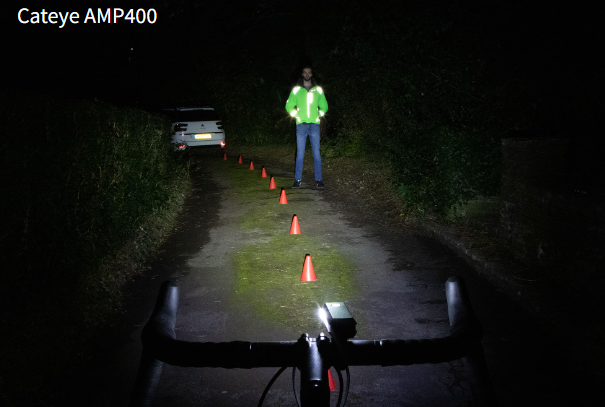
Lights For the Road Cyclist
Road cyclists will likely require a more powerful light as you’ll often be cycling at speed on roads you may not be familiar with. Whether it be an unsuspecting pot hole, glass on the road or a dog walker you’ll want that extra bit of visionary distance to be able to give you time to react.
A front light with at least 600 Lumen’s should be enough to ensure you can cycle safely. You’ll also want to ensure the lights have good battery length if you often go on long cycles.
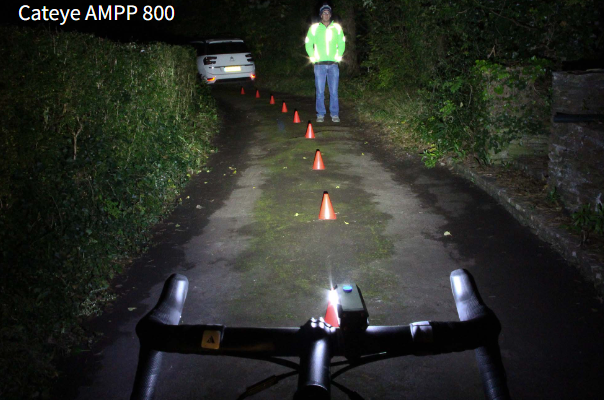
Lights For Those Who Go Off Road
This is where you’ll really want to ensure a powerful light. When trail cycling or mountain biking the terrain alone is impossible to navigate not to mention the myriad of potential hazards lurking.
A bar mounted light with a Lumen count of at least 1000 will be required. A light with different beam patterns are also important. Sometimes a flood pattern beam (wider disperse of light) will be useful and at others a spot pattern beam (narrower disperse of light) is more beneficial.
You could also combine your bar mounted light with a helmet light for extra versatility of light control and vision.
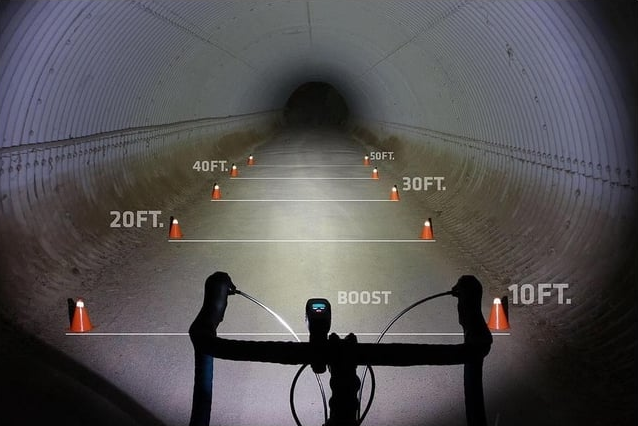
Bike Light Tips
- There is a legal requirement to have your lights on during ‘lighting-up time’. This starts 30 minutes after sunset and 30 minutes prior to sunrise. However, best practise is to always have your bike lights on; day and night. Around 80% of accidents occur in the daytime, and having them on certainly makes a difference to visibility:
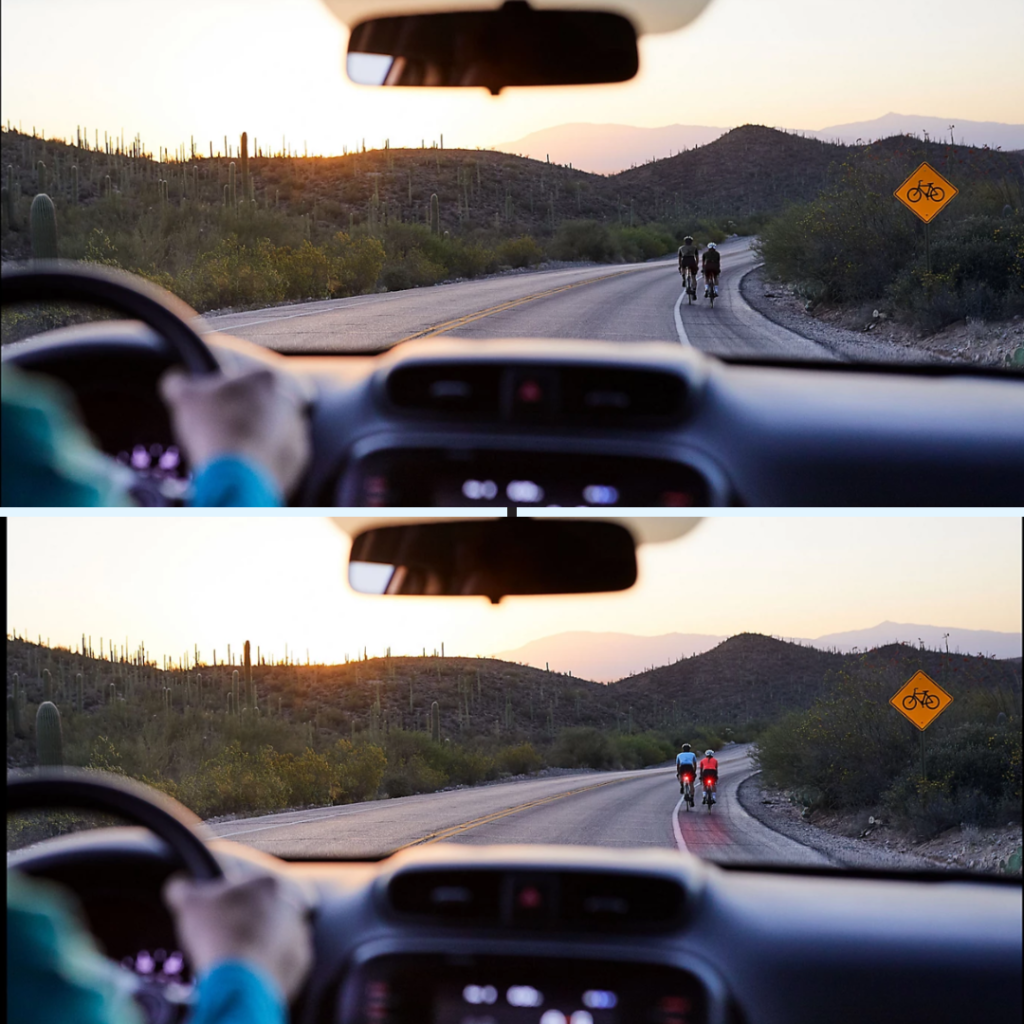
- Always carry a spare pair of lights in your saddlebag in case your primary one’s run out of battery.
- The more the merrier. Multiple lights ensure you can be seen from all angles. Many collisions occur at crossings. Add wearable lights to your pannier/ backpack/ helmet for extra visibility.
- Don’t underestimate the importance of a powerful rear light. Many accidents are rear-end collisions where the driver has not noticed the cyclist.

